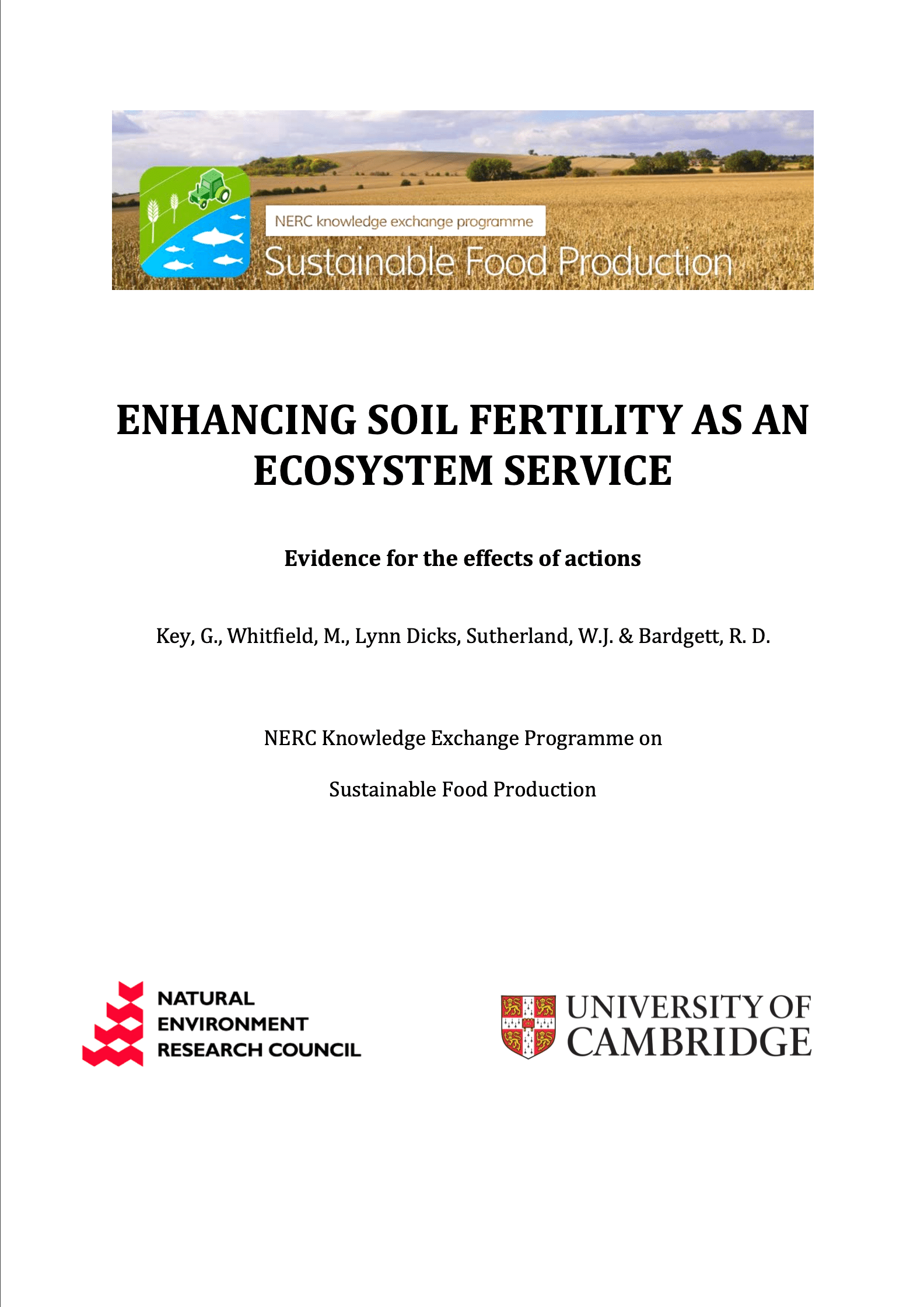Restore or create low input grasslands
Overall effectiveness category Trade-off between benefit and harms
Number of studies: 2
View assessment score
Hide assessment score
How is the evidence assessed?
Effectiveness
53%Certainty
59%Harms
32%
Study locations
Supporting evidence from individual studies
A controlled experiment from 1968 to 2002 on silty soil in France (Plassart et al. 2008) found greater microbial biomass under permanent grassland (557 μg C/g) compared to arable management (179 μg C/g). Fungal diversity increased by 2.3 to 6.4 times under grassland compared to arable management. Total carbon was highest under permanent (33.3 g/kg) followed by temporary (19.7 g/kg) then restored grassland (18.1 g/kg), compared to arable management (9.5 g/kg). Microbial activity, or the breakdown of carbon, was greater as grassland aged, with decomposed carbon ranging from 2.4% (of total carbon measured) under arable cropping to 5.6% in older temporary grassland. Treatments included: one long-term arable field (> 10 years of wheat Triticum aestivum, maize Zea mays, flax Linum usitatissimum or beetroot Beta vulgaris), one long-term grassland (> 25 years of pasture), two temporary grassland (previously had 2 years of wheat-maize rotations), and three restored grassland fields (re-established after at least eight years of cropping). The six permanent, temporary and restored grasslands were implanted with perennial ryegrass Lolium perenne and clover Trifolium spp. several times throughout the experiment. Each field was divided into three 2 x 40 m plots and soils were sampled in each plot to 10 cm depth.
Study and other actions testedA randomized, replicated experiment in 2001-2003 on sandy-loam in the Netherlands (Postma-Blaauw et al. 2012) found that restoring arable land to grassland increased the diversity of soil animals. There was a higher diversity of bacteria (68 DNA bands per experimental plot), nematodes (28 genera per experimental plot), earthworms (3 species per experimental plot), potworms (4 species) and predatory mites (10 species) in new grassland than new arable land (65 DNA bands, 21 genera, 0 species, 4 species, and 4 species respectively). There were four experimental systems: long-term grassland (dominant species included fescue Festuca rubra, velvet grass Holcus lanatus, sweet vernal grass Anthoxanthum oderatum, sorrel Rumex acetosa, and buttercup Ranunculus spp.), new grassland, long-term and new arable land (an oat Avena sativa, maize Zea mays, barley Hordeum vulgare, potato Solanum tuberosum rotation). There were three replicates of 10 x 12 m field plots. Soil samples were taken to 10 cm depth.
Study and other actions tested
Where has this evidence come from?
List of journals searched by synopsis
All the journals searched for all synopses
This Action forms part of the Action Synopsis:
Soil Fertility
Soil Fertility - Published 2013
Soils Synopsis




















